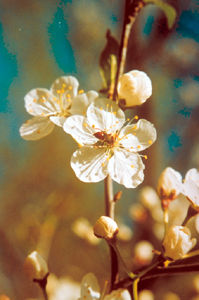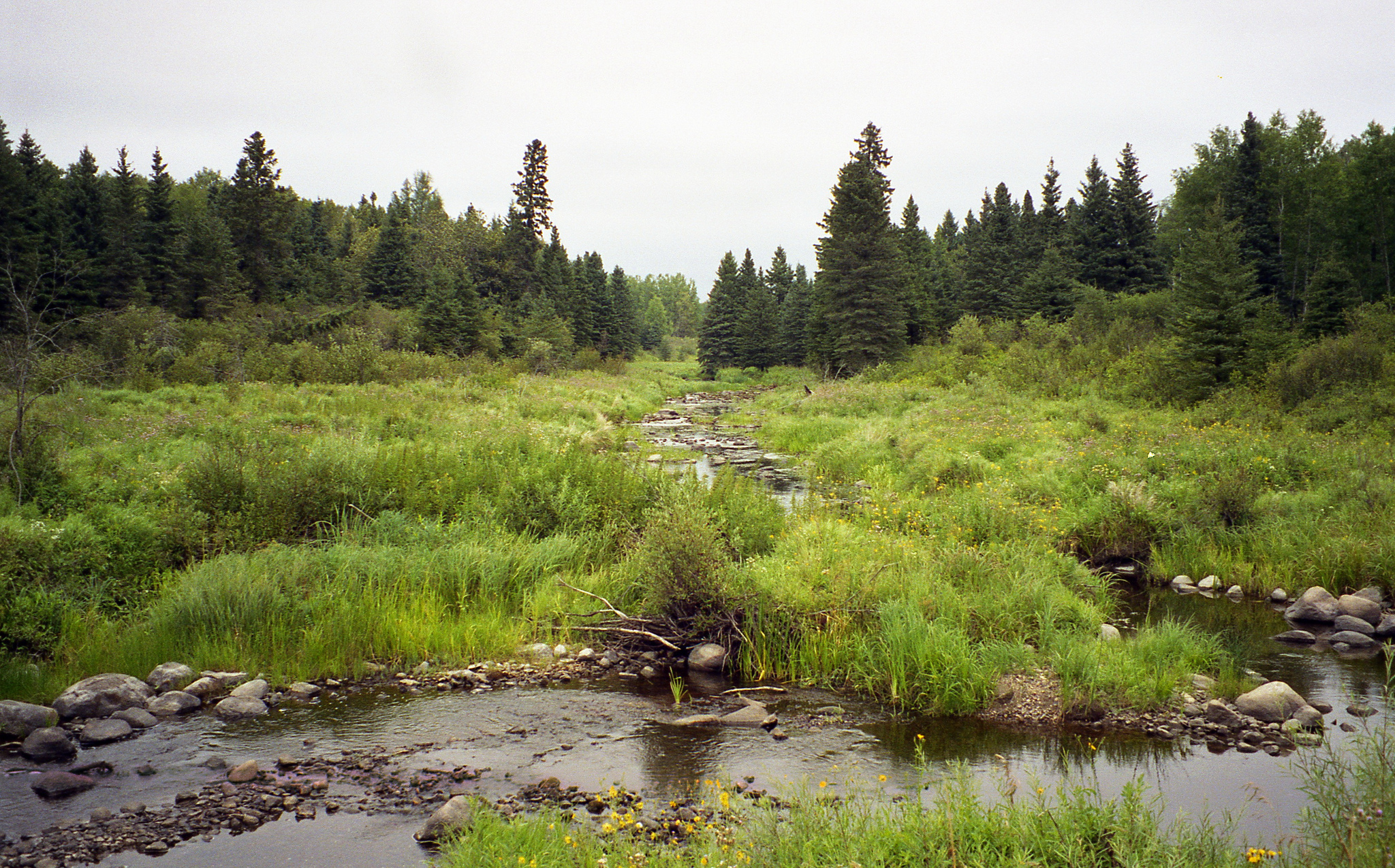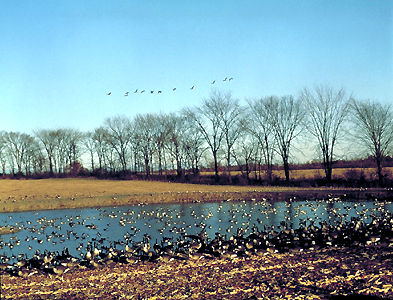Browse "Nature & Geography"
-
Article
Beluga Whale
The beluga, or white whale, is a type of toothed whale found in Canada’s Arctic, Hudson Bay and St. Lawrence estuary.
"https://d2ttikhf7xbzbs.cloudfront.net/media/media/36db2274-75da-45e8-8119-a03c7203ce5c.jpg" // resources/views/front/categories/view.blade.php
https://d2ttikhf7xbzbs.cloudfront.net/media/media/36db2274-75da-45e8-8119-a03c7203ce5c.jpg
-
Article
Beneficial Insect
Most insects are beneficial, playing many ecological roles. Less than 1% are pests. They are the principal food of many birds and reptiles, and the survival of insect-pollinated plants depends on them.
"https://d2ttikhf7xbzbs.cloudfront.net/media/media/bdc4d290-63b3-44ee-a1c0-cdd4bd1288a8.jpg" // resources/views/front/categories/view.blade.php
https://d2ttikhf7xbzbs.cloudfront.net/media/media/bdc4d290-63b3-44ee-a1c0-cdd4bd1288a8.jpg
-
Article
Betula Lake
Betula Lake, Manitoba, is a freshwater lake and resort area in Whiteshell Provincial Park, 145 km by road northeast of Winnipeg. Opened to cottage development in the 1950s, Betula is a popular swimming, waterskiing and fishing area.
"https://development.thecanadianencyclopedia.ca/images/tce_placeholder.jpg?v=e9dca980c9bdb3aa11e832e7ea94f5d9" // resources/views/front/categories/view.blade.php
https://development.thecanadianencyclopedia.ca/images/tce_placeholder.jpg?v=e9dca980c9bdb3aa11e832e7ea94f5d9
-
"https://development.thecanadianencyclopedia.ca/images/tce_placeholder.jpg?v=e9dca980c9bdb3aa11e832e7ea94f5d9" // resources/views/front/categories/view.blade.php
https://development.thecanadianencyclopedia.ca/images/tce_placeholder.jpg?v=e9dca980c9bdb3aa11e832e7ea94f5d9
-
Article
Biodiversity
Biodiversity is the variety of life (genetic, species and ecosystem levels) on Earth or some part of it. It includes all living forms, plants, animals and micro-organisms. It is the natural wealth of a region that provides resources and ecological services.
"https://d2ttikhf7xbzbs.cloudfront.net/media/media/525276c1-ee26-4c24-bc61-a4d499a68632.jpg" // resources/views/front/categories/view.blade.php
https://d2ttikhf7xbzbs.cloudfront.net/media/media/525276c1-ee26-4c24-bc61-a4d499a68632.jpg
-
Article
Biogeoclimatic Zone
For example, in British Columbia, the Coastal Western Hemlock Zone is one of 14 biogeoclimatic zones. It occupies high precipitation areas up to 1000 m elevation west of the coastal mountains from the Washington to Alaska borders and beyond.
"https://development.thecanadianencyclopedia.ca/images/tce_placeholder.jpg?v=e9dca980c9bdb3aa11e832e7ea94f5d9" // resources/views/front/categories/view.blade.php
https://development.thecanadianencyclopedia.ca/images/tce_placeholder.jpg?v=e9dca980c9bdb3aa11e832e7ea94f5d9
-
Article
Biogeography
Ecology is subdivided into 3 fields of study: autecology (relations of individual species or populations to their milieu), synecology (composition of living communities) and dynecology (processes of change in related communities).
"https://d2ttikhf7xbzbs.cloudfront.net/media/media/54274460-8bd9-4d7e-be56-42ebb9854f08.jpg" // resources/views/front/categories/view.blade.php
https://d2ttikhf7xbzbs.cloudfront.net/media/media/54274460-8bd9-4d7e-be56-42ebb9854f08.jpg
-
Article
Biological Oceanography
Biological Oceanography is a branch of oceanography that studies living organisms (ie, the biota) in the sea in relation to their environments.
"https://development.thecanadianencyclopedia.ca/images/tce_placeholder.jpg?v=e9dca980c9bdb3aa11e832e7ea94f5d9" // resources/views/front/categories/view.blade.php
https://development.thecanadianencyclopedia.ca/images/tce_placeholder.jpg?v=e9dca980c9bdb3aa11e832e7ea94f5d9
-
Article
Biology
Biological studies of individuals and groups of organisms can occur at various levels (eg, molecular, cellular, anatomical, functional, behavioural, ecological and evolutionary).
"https://d2ttikhf7xbzbs.cloudfront.net/media/media/8ff204ea-7793-42b9-9f34-39964ccf0d12.jpg" // resources/views/front/categories/view.blade.php
https://d2ttikhf7xbzbs.cloudfront.net/media/media/8ff204ea-7793-42b9-9f34-39964ccf0d12.jpg
-
Article
Biosphere Reserves in Canada
A biosphere reserve represents one of the world’s important ecosystems and is divided into three zones: a protected core zone (such as a park or wildlife area), a buffer zone around the core, and a transition zone that fosters sustainable economic and cultural activity. The World Network of Biosphere Reserves includes 686 sites around the world, 18 of which are in Canada. The network is part of the larger Man and the Biosphere Program of the United Nations Educational, Scientific and Cultural Organization (UNESCO). Biosphere reserves are designated by UNESCO to help conserve biodiversity, demonstrate sustainable development and build the local community’s capacity to deal with human and environmental issues.
"https://d2ttikhf7xbzbs.cloudfront.net/media/media/0b4a5b26-9047-48ec-97c2-3490843a5b3f.jpg" // resources/views/front/categories/view.blade.php
https://d2ttikhf7xbzbs.cloudfront.net/media/media/0b4a5b26-9047-48ec-97c2-3490843a5b3f.jpg
-
Article
Birch
Birch (Betula), genus of trees and shrubs of birch family (Betulaceae). About 50 species are found in Arctic and northern temperate regions worldwide
"https://development.thecanadianencyclopedia.ca/images/tce_placeholder.jpg?v=e9dca980c9bdb3aa11e832e7ea94f5d9" // resources/views/front/categories/view.blade.php
https://development.thecanadianencyclopedia.ca/images/tce_placeholder.jpg?v=e9dca980c9bdb3aa11e832e7ea94f5d9
-
Article
Bird
A Bird is a member of a unique group of vertebrates, Class Aves. The fossil record, comparative anatomy and embryology indicate that Birds have a common ancestry with Reptiles and Dinosaurs.
"https://d2ttikhf7xbzbs.cloudfront.net/media/media/12e86d45-e381-4590-9fb6-2fbdd5de9e4e.jpg" // resources/views/front/categories/view.blade.php
https://d2ttikhf7xbzbs.cloudfront.net/media/media/12e86d45-e381-4590-9fb6-2fbdd5de9e4e.jpg
-
Article
Bird Classification and Evolution
Archaeopteryx, the oldest bird yet discovered, is known from several fossils recovered from fine slate deposits in Germany. This magpie-size animal lived in a tropical environment about 150 million years ago.
"https://d2ttikhf7xbzbs.cloudfront.net/media/media/c7e04f90-d96a-4dab-87a6-61ec97d4f018.jpg" // resources/views/front/categories/view.blade.php
https://d2ttikhf7xbzbs.cloudfront.net/media/media/c7e04f90-d96a-4dab-87a6-61ec97d4f018.jpg
-
Article
Bird Distribution and Habitat
Animals' lives are circumscribed by 2 imperatives: finding food for survival, growth and reproduction and avoiding becoming prey before reproducing. For an animal to occupy a habitat, it must be able to survive and reproduce within it. Birds have evolved many ways of meeting these challenges.
"https://d2ttikhf7xbzbs.cloudfront.net/media/media/c06fb4d9-165b-4774-b1d1-0a3373197d75.jpg" // resources/views/front/categories/view.blade.php
https://d2ttikhf7xbzbs.cloudfront.net/media/media/c06fb4d9-165b-4774-b1d1-0a3373197d75.jpg
-
Article
Bird Feathers
Feathers are only found on birds. They probably evolved as a temperature-control device from scales, much like those of modern reptiles.
"https://d2ttikhf7xbzbs.cloudfront.net/media/media/bd6ae83e-381f-4d09-9c25-3b2420244b9d.jpg" // resources/views/front/categories/view.blade.php
https://d2ttikhf7xbzbs.cloudfront.net/media/media/bd6ae83e-381f-4d09-9c25-3b2420244b9d.jpg
